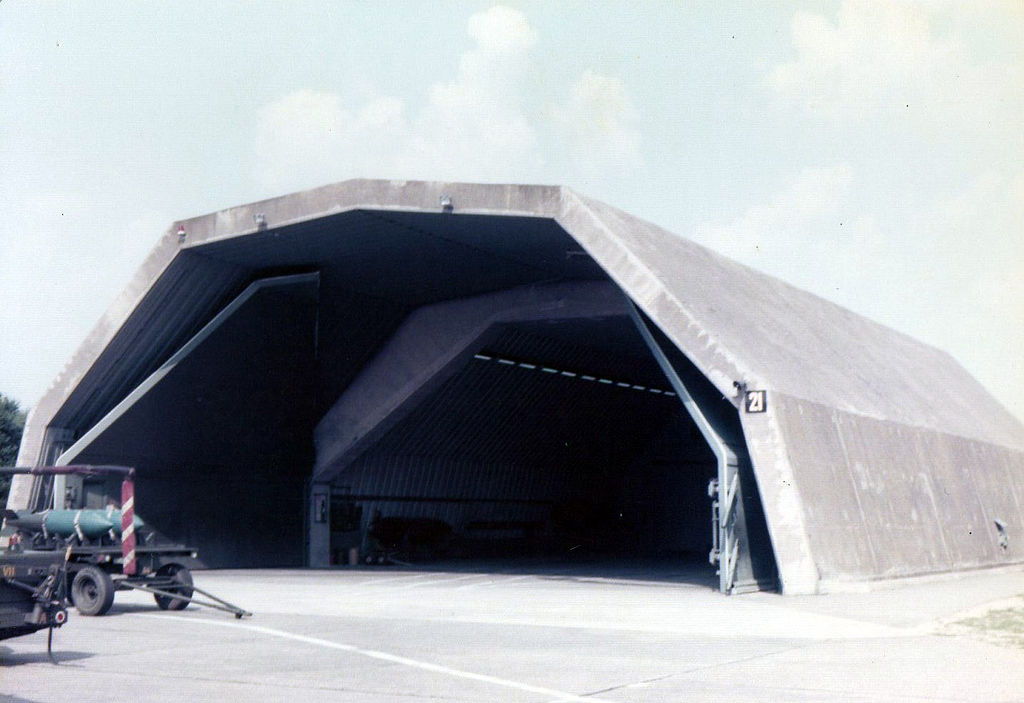The Indian Air Force is believed to have completed the construction of next-generation hardened aircraft shelters (NGHAS) at the Chabua Air Force Station in Assam, close to the China border. The specialized structures are capable of withstanding a 2000-pound bomb.
After supporting operations during World War II & the 1962 #India – #China tensions, the Chabua Air Force Station in #Assam looks to be completing its new NGHAS specialized structures capable of housing & protecting fighter aircraft from direct enemy fire — project began in 2017 pic.twitter.com/SpQKtkcB3r
— Damien Symon (@detresfa_) January 12, 2021
These structures comprise layers of reinforced concrete, sand, and steel. They can protect aircraft from direct hits by a 2,000-pound bomb. In 2019, the Indian government had given the nod to construct 108 modern shelters to house fighter aircraft in the forward areas close to India’s northern borders.
Satellite images shared by open-source intelligence Twitter handle @detresfa_ show the newly developed NGHAS at the Chabua Air Force Station in Assam. “After supporting operations during World War II and the 1962 India-China tensions, the Chabua Air Force Station in Assam looks to be completing its new NGHAS specialized structures,” it says.
This assumes significance as it comes in the backdrop of massive infrastructure development being undertaken by China in the Tibet Autonomous Region opposite Arunachal Pradesh in India’s Northeast. The two countries have been locked in a border standoff since May 2020.
The majority of the hardened shelters have been designed to house the Russian-made Su-30MKi jets. While MiG-21s are already deployed in the region, French-made Rafale fighters are likely to join soon.
The Indian Air Force also has another technology to repair damaged runways in a few hours. The combination of the hardened shelters and capability to repair damaged runways quickly gives India an operational edge in combat with China.
Earlier, there were blast pens only in the western sector along the border with Pakistan. The blast pens are an E-shaped double bay to protect the aircraft from strikes by enemy jets or missiles.
According to Air Marshal VK ‘Jimmy’ Bhatia (Retd), the NGHAS are of much better quality, offering much better protection to the parked aircraft than the existing pens in the IAF. He is of the opinion that “aircraft parked in these shelters would be able to withstand a nuclear attack outside ground zero without losing their operational capability for mounting retaliatory strikes”.

India and China have ramped up infrastructure construction along the loosely demarcated Line of Actual Control. Both sides have amassed troops and weapons at important bases amid the border standoff that began in May 2020.
India is building 73 strategic roads and 125 bridges on the Indian side of LAC. The government has also approved nine “strategic” rail lines – including the Missamari-Tenga-Tawang in the northeast and the Bilaspur-Mandi-Manali-Leh sections in the north –along the border with China to facilitate the movement of the armed forces.
While Chinese experts claimed that the PLA can launch a barrage of early long-range missile strikes against Indian airbases to incapacitate, a study by Belfer Center Study of Harvard Kennedy School refutes such claims.
A senior IAF officer quoted in the study states that China needs 220 ballistic missiles to keep one airfield shut for 24 hours. India has a large number of airfields (from Leh to Pasighat), hence if the PLA air force attacks just three airbases, it will require 660 ballistic missiles per day for attacking the runway and taxi track alone, the study says.
In case that happens, India’s proven capacity to repair the runways within six hours maximum will put the airbase back on track to attack, the study suggests.
Follow EurAsian Times on Google